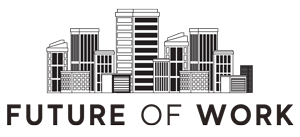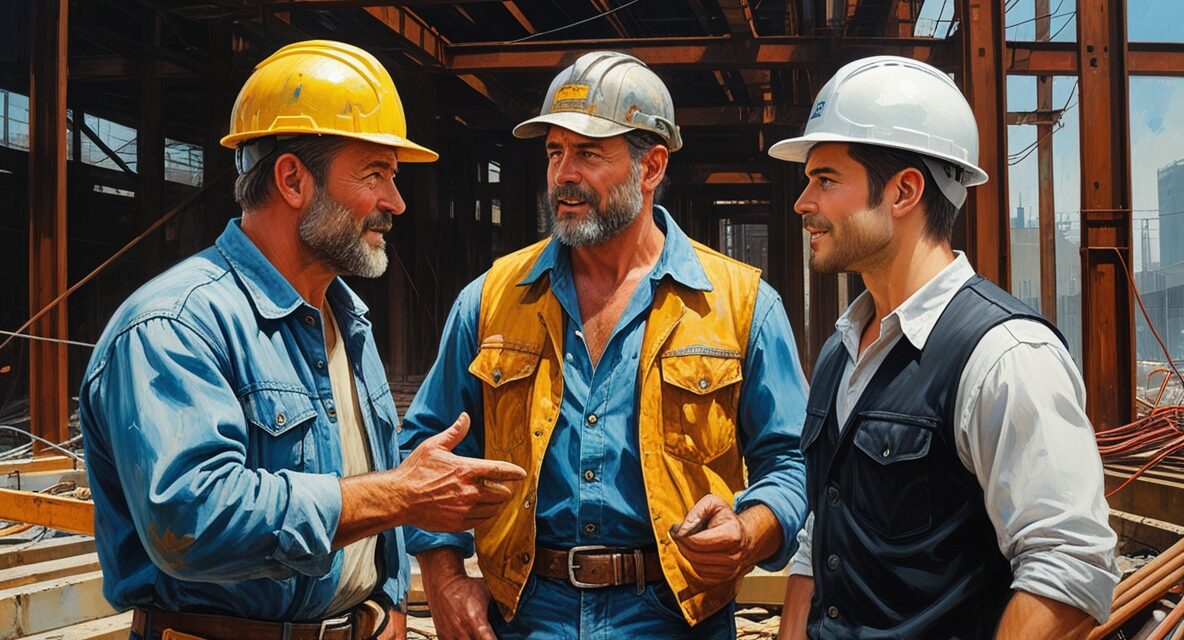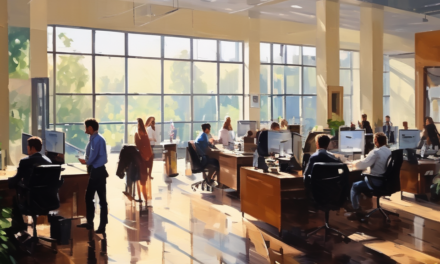The WELL Building Standard certification helps businesses look after the health and wellbeing of their people at work.
Backed by the latest scientific research, it gives employers a tangible list of actions to create healthier office environments. Employee wellbeing and sustainability are top priorities for global leaders, so employers can use the WELL Building Standard to improve in these areas.
Our WELL Accredited Practitioners have created this guide to help you understand:
- What the WELL Building Standard is
- The benefits of achieving WELL
- How the WELL accreditation process works
- What the 10 WELL concepts are (and example interventions for each)
- Who do you need in your internal WELL project team?
What does the WELL certification measure?
The WELL Building Standard certification is a rating system focusing on human health and wellness within buildings. It assesses workplaces across 10 key concepts: Air, Water, Light, Thermal Comfort, Sound, Materials, Nourishment, Movement, Mind, and Community.
Each concept includes a list of compulsory and optional interventions, each worth varying numbers of points for successfully implementing them. The number of overall points your workplace achieves correlates to a Bronze, Silver, Gold or Platinum WELL Building certification.
- Bronze = 40 pts
- Silver = 50 pts
- Gold = 60 pts
- Platinum = 80 pts
What are the benefits of achieving the WELL Building Standard?
Having a WELL certified office shows you are taking tangible steps to prioritise your employees’ health and wellbeing at work. Compared to non-WELL-certified offices, research has shown that WELL certified workplaces have:
- Higher employee satisfaction across various aspects of the physical environment including access to sunlight, acoustic privacy, thermal comfort and indoor air quality.
- Less rates of Sick Building Syndrome (SBS) and musculoskeletal complaints.
- Employees reporting higher satisfaction with their company’s culture of health
- Higher reported productivity – acoustic and visual privacy, along with connection to the outdoors, were found to be the strongest predictors of productivity.
- Increased creativity – layout and interior design were linked to increased creativity.
How does the WELL Building certification process work?
Typically, the Certification process looks like this…
1. Assess your workplace
First, create a WELL steering group (see the next section for who should be in your project team).
Together, consider your company’s goals and success factors.
Create a proposed plan – this is where the help of a WELL Accredited Practitioner (AP) is useful.
Register your company on WELL’s online portal to start the certification process. The portal gives you the full list of requirements for each concept and specifies how many points are available for them (see the ‘10 concepts’ section for example interventions).
2. Implement changes
This is when you put your plan into action and start improving your office space.
If you’re working with a WELL AP, they will guide you through the project. Even if you’re not getting external help, you should have weekly progress and strategy review meetings to ensure you stick to your proposed timeframes and satisfy the requirements.
3. Submit your evidence
Once implemented, your changes need to be verified and assessed against your initial project plan.
You’ll need to do performance tests on relevant WELL concepts and optimisations and submit all of your evidence to the online portal.
Before submission, review your final report (meticulously!) for accuracy.
4. Monitoring
After obtaining your WELL Certification, you have to submit annual reports to the IWBI.
These reports track the progress of changes, collect employee feedback, and document any ongoing improvements.
You need to recertify every 3 years to maintain your WELL status.
This sounds like a big project, and it can be depending on where your workplace stands now in relation to the criteria.
For a project, you need a project team to keep things running smoothly…
Who should be on my WELL Building Standard project team?
The best way to ensure you’ll achieve certification is to create a project team of internal team members from different areas, and external consultants for expertise you don’t have in-house.
Core Internal Team:
Facilities Manager (Lead): As Facilities Managers are responsible for building operations and maintenance they often lead on the project. They’ll oversee operational changes, monitor performance metrics, and ensure ongoing compliance with WELL’s standards.
HR Manager: Employee wellbeing is a key aspect of WELL Certification. HR plays a crucial role in developing policies that promote healthy habits, educating people on WELL features, and gauging employee satisfaction related to the office environment.
Sustainability Manager (if you have one): If you have a Sustainability Manager, their expertise in sustainable practices aligns with WELL as they share some common goals (e.g., energy efficiency, buying closed-loop products).
Additional Roles:
Interior Designer/Architect (if applicable): If you’re making significant design changes to achieve certification, a Workplace Interior Designer (such as us!) and/or Architect would be involved. They’ll ensure the design adheres to WELL requirements for features like lighting, air quality, and ergonomics.
IT Department (if applicable): For WELL features that involve technology (e.g., daylight monitoring systems), collaboration with the IT department might be necessary.
External Consultant:
WELL Accredited Professional (WELL AP): An external WELL AP is highly recommended to guide the entire certification process. They have specialised knowledge of the WELL Building Standard and can provide invaluable expertise on achieving and maintaining certification.
We have two WELL APs in our team to help guide our clients through the certification process.

After graduating, Chloe's first interior design position was at Blueprint, so she soon set to work learning all about the theories and products available to workplace designers. When she got to be part of the team who delivered the ideas too, it was an added kick. Now their design team pick up the creative output whilst she focuses on the client's masterplan.
Chloe works closely with clients in the early stages, learning all about their business objectives and company ethos, with the aim of developing a workplace strategy that can help their people to make those happen. She then works closely with Blueprint Interiors' design and contracts team to shape an effective solution.






